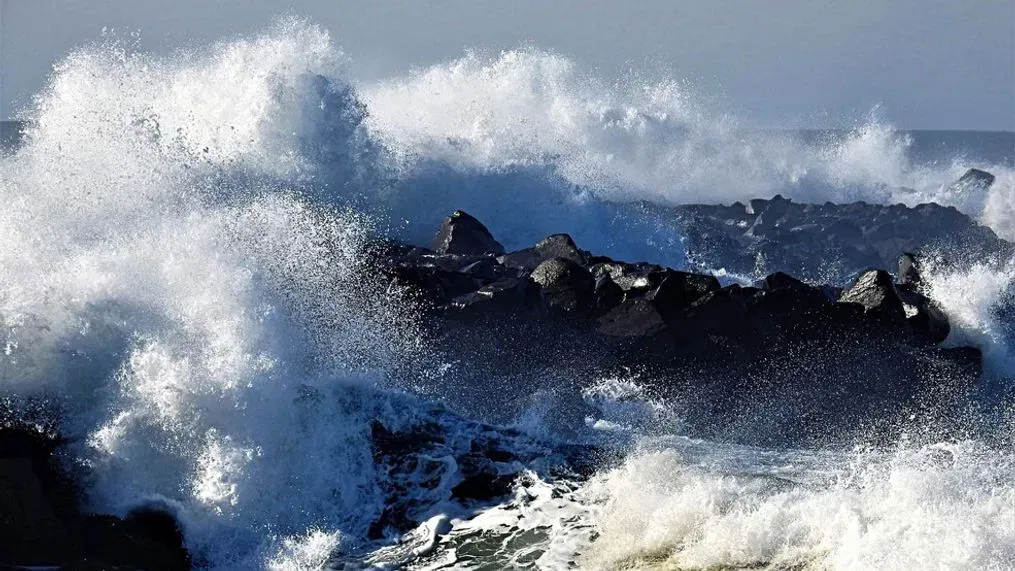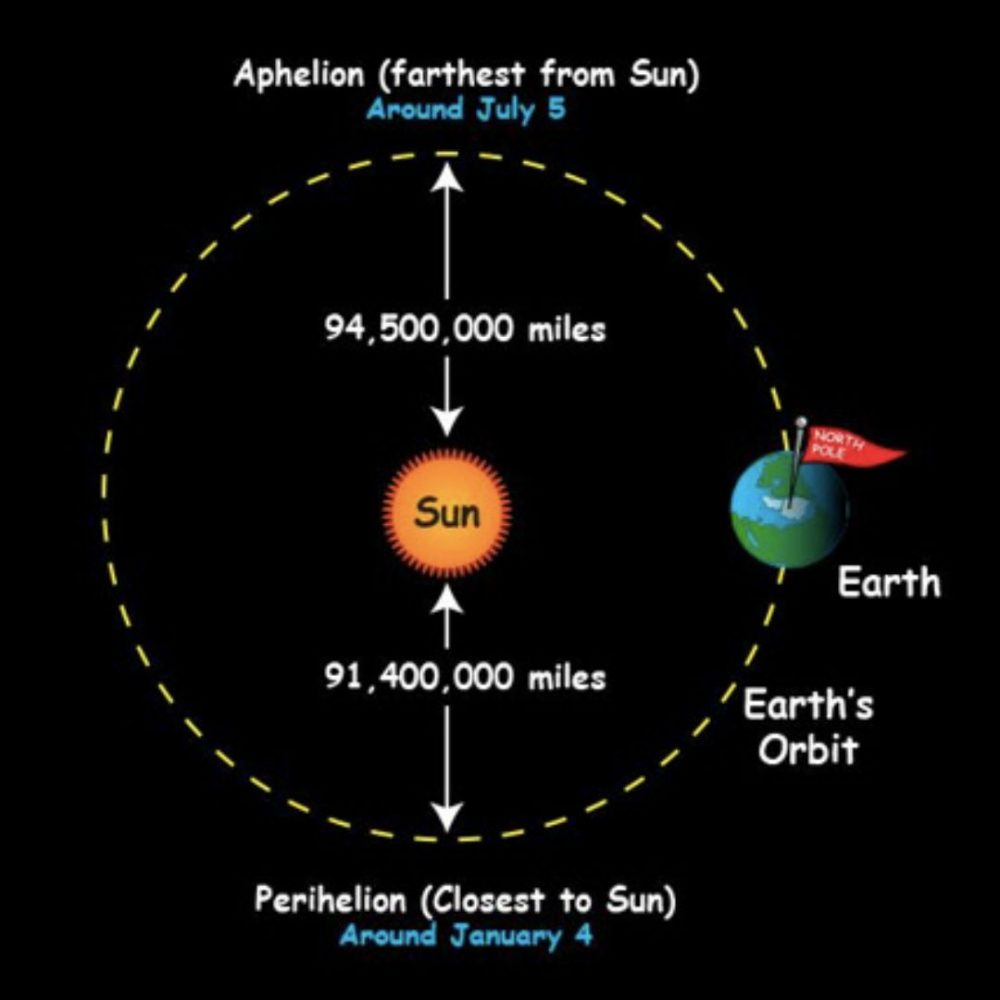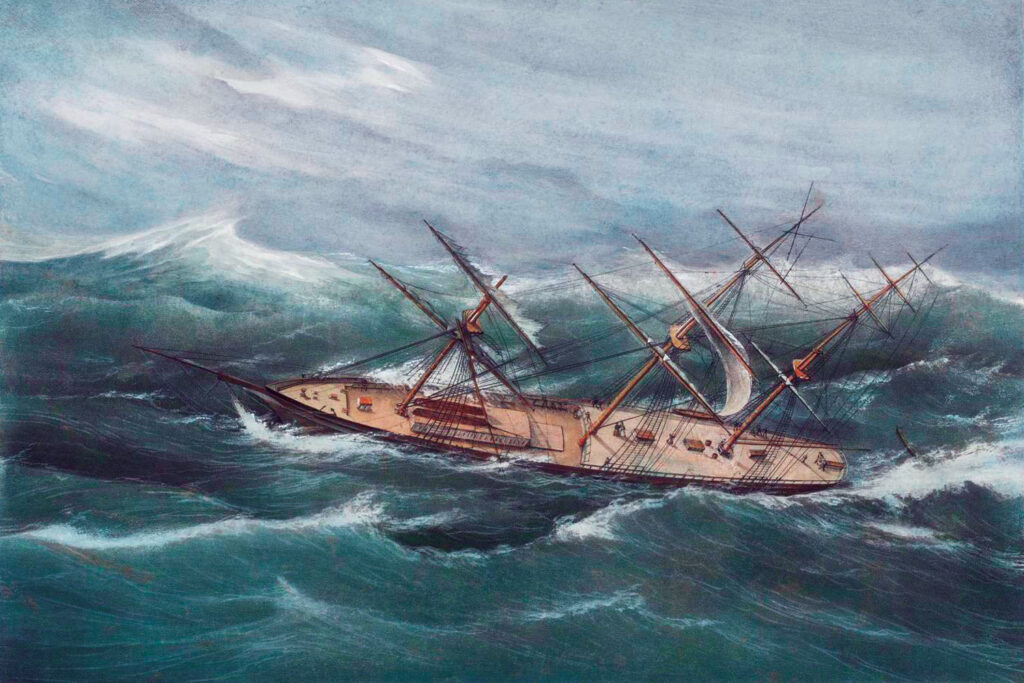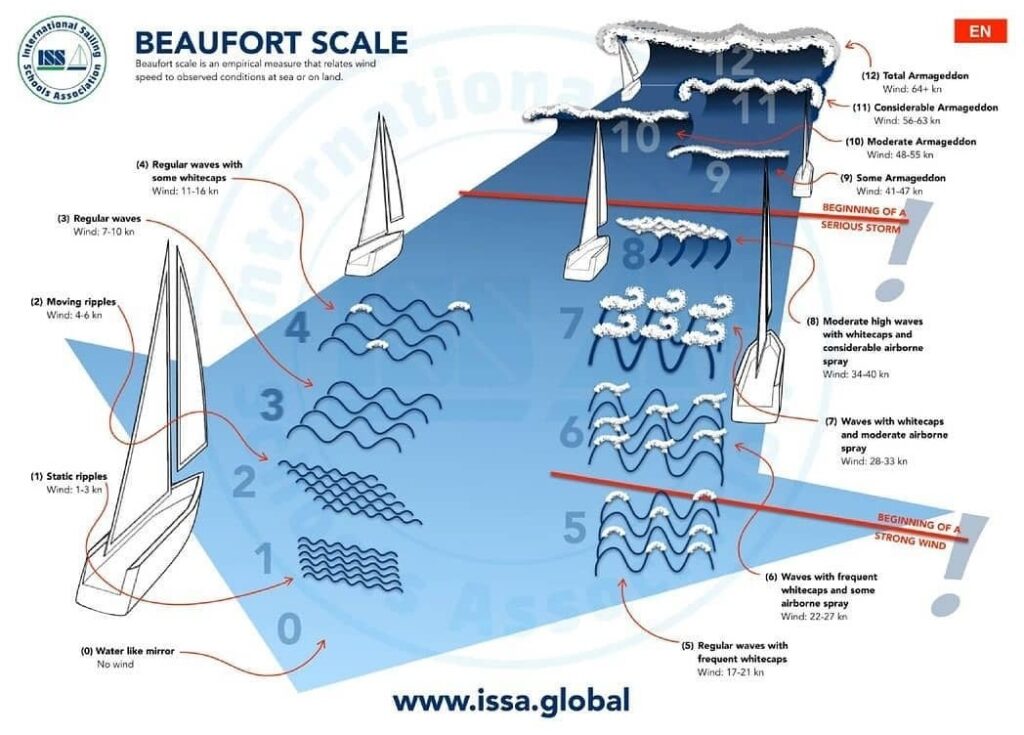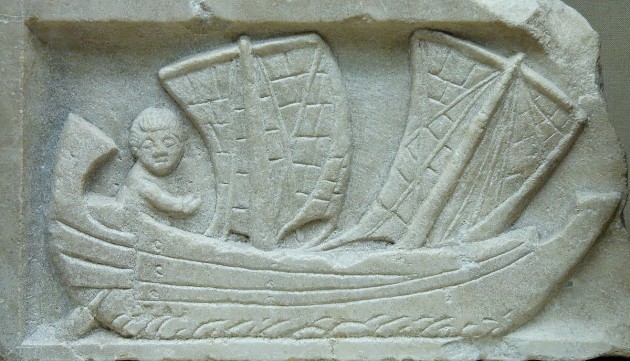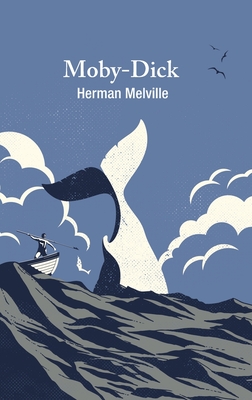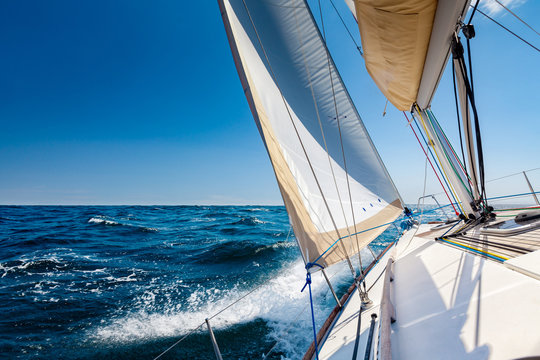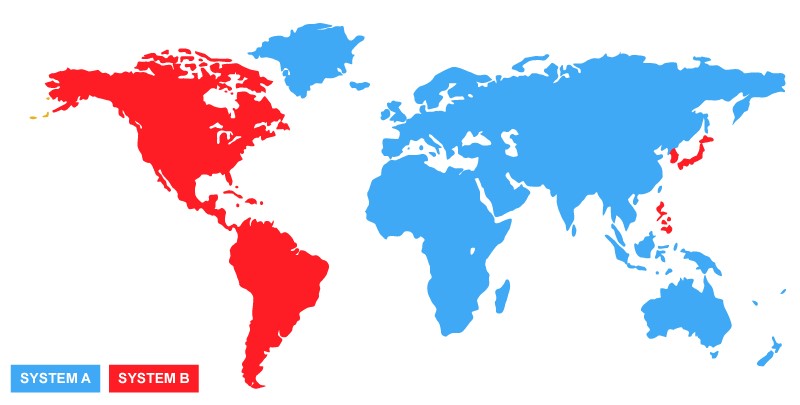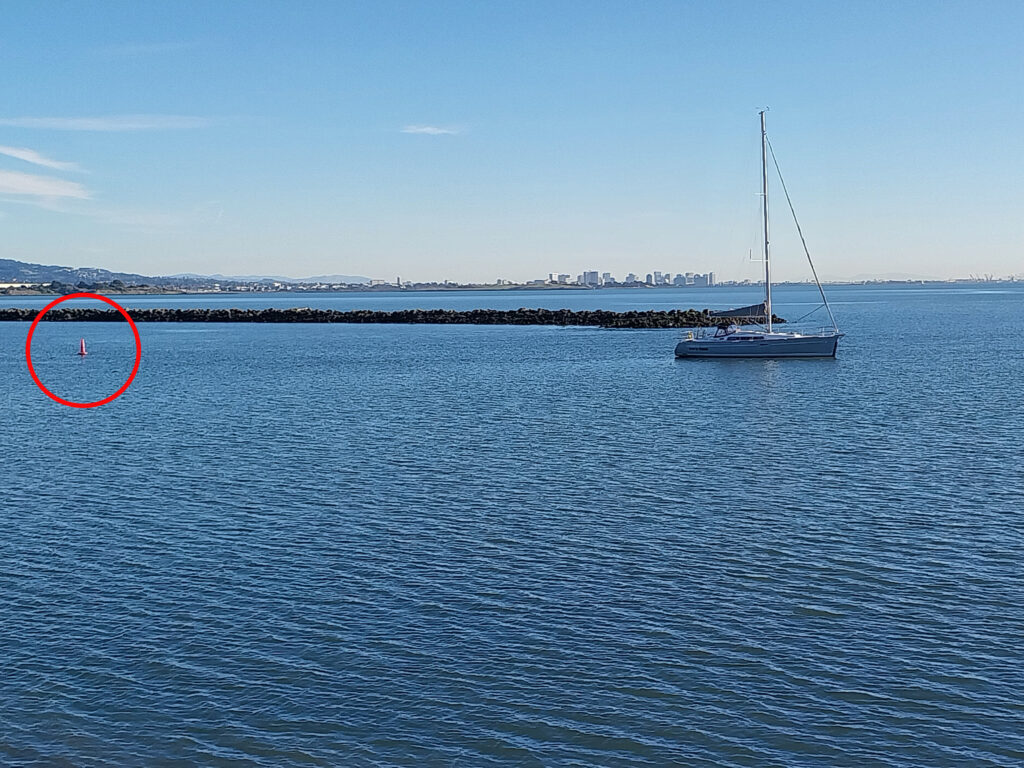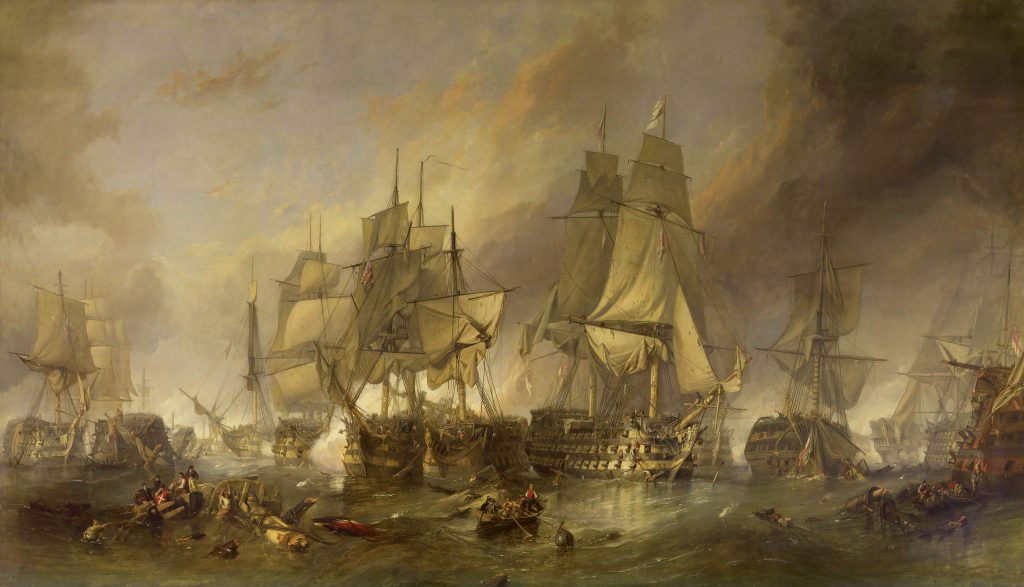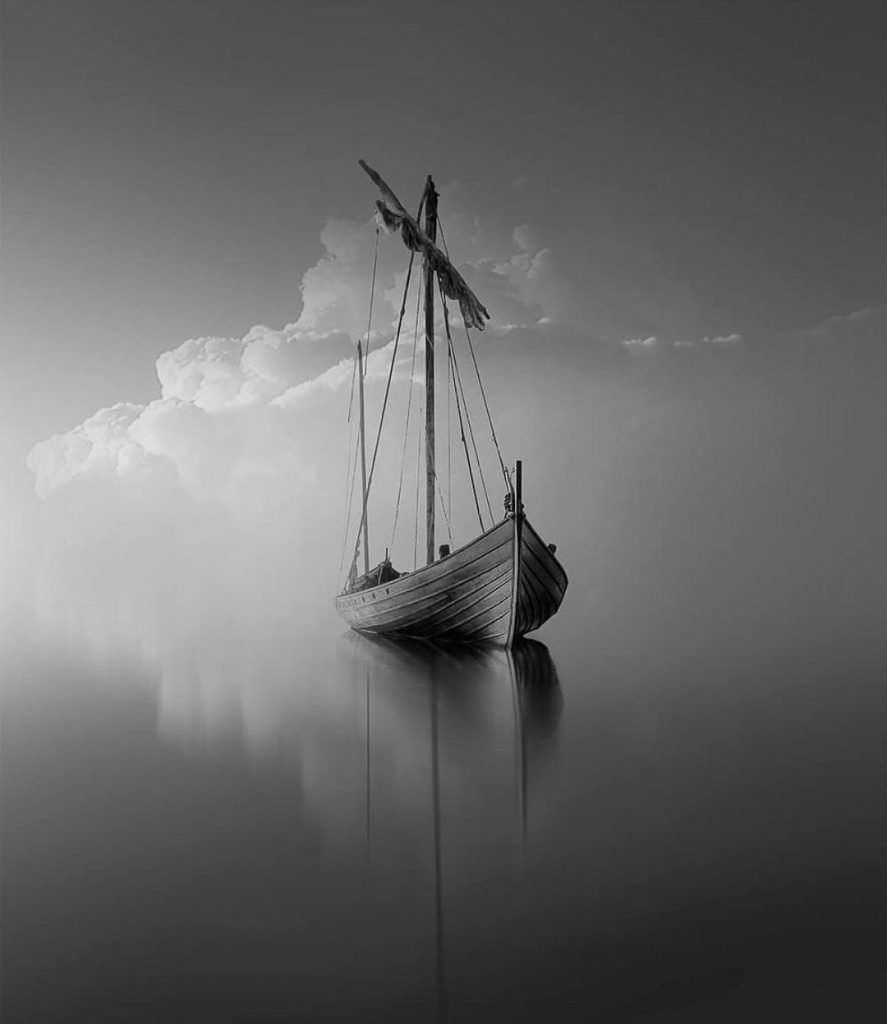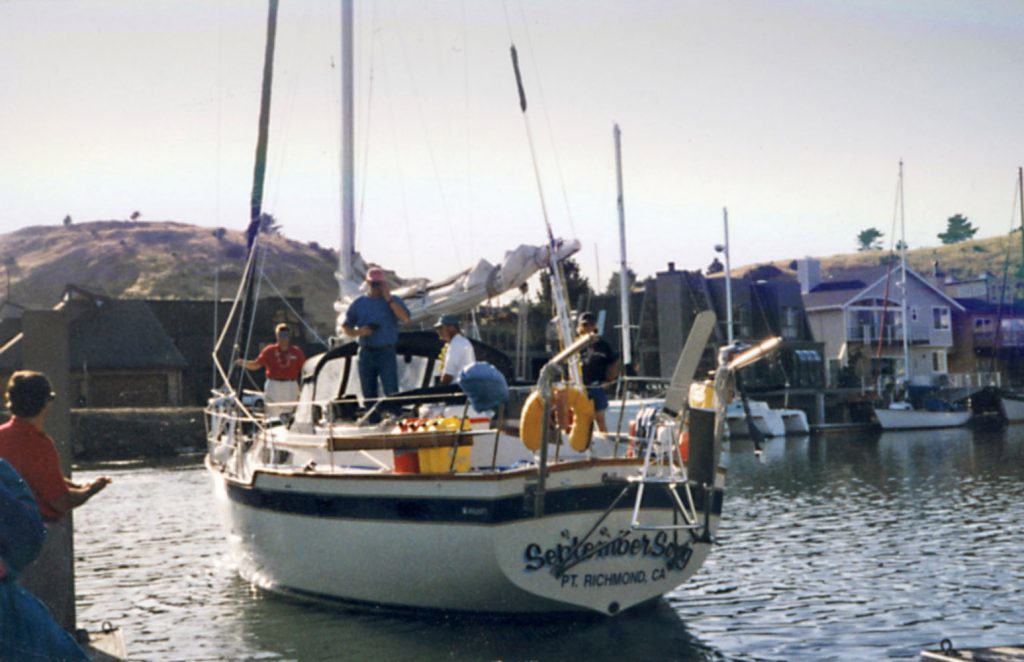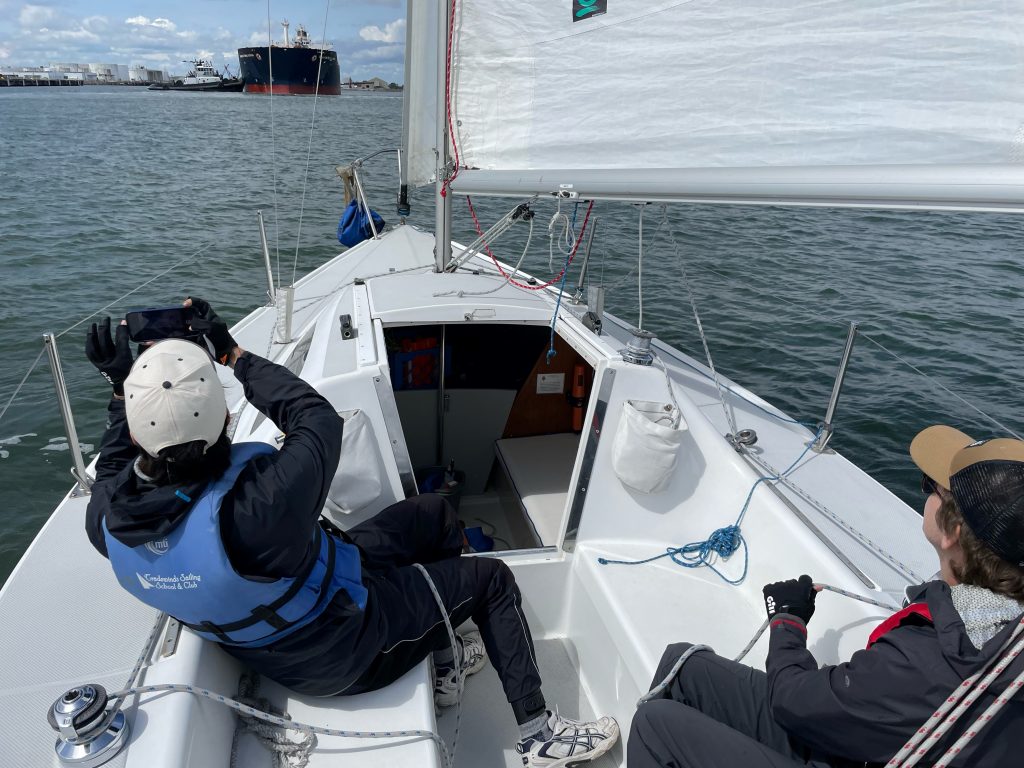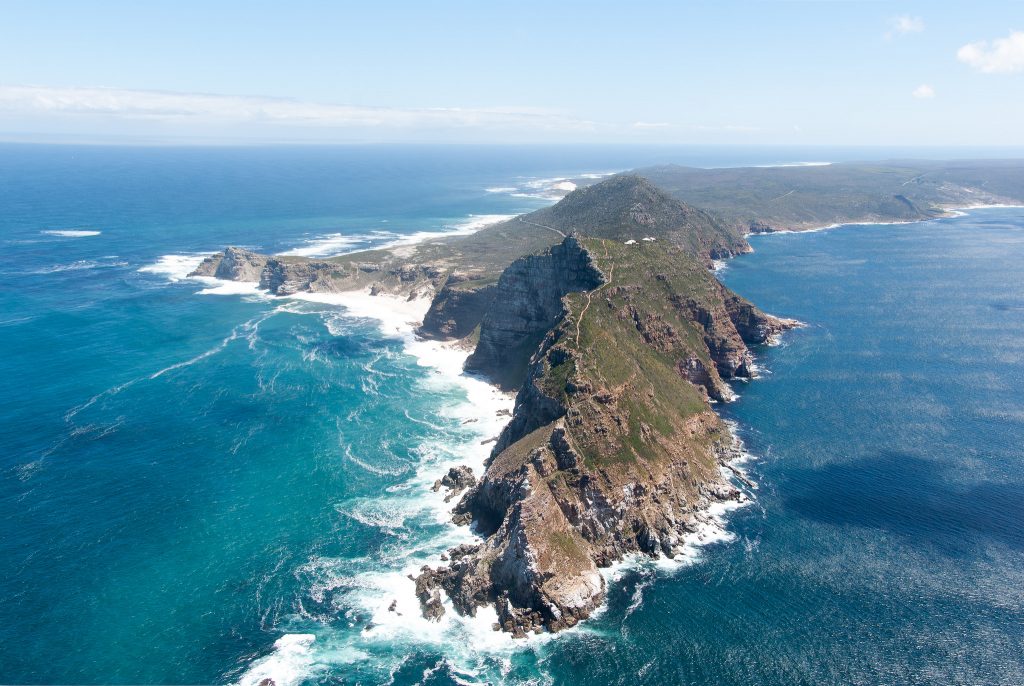This month is women’s history month, and as if to put an exclamation point on that, on March 7, 29-year-old, 5’2” 100-pound Cole Brauer claimed her permanent place in the history of sailing when she sailed her First Light across the finish line of the Global Solo Challenge in A Coruña, Spain, placing her second among 16 starters in the race. More than half of those starters, all seasoned seamen older and bigger than her, had retired. This completed a 30,000-mile, 130-day non-stop solo circumnavigation passing the great capes, and it’s a little hard to get a reliable figure, but I think this makes her the 187th skipper and the 13th woman in history to have accomplished this feat. Six of those 187 were American, but she is our first female. (By comparison, over 6,000 people have climbed Mount Everest.) This is the figure according to the International Association of Cape Horners, a group founded by Robin Knox-Johnston, who was the first to complete a solo, non-stop trip around the world by way of the great capes in 1969. Unlike in the days of Knox-Johnston, during her voyage we were able to get updates of Cole’s progress from her boat by satellite. Throughout an ordeal that would push the most hardened sea-dog to the limit, she looked impossibly fresh and cheery without a hair out of place, as though she’d just left a church social. It was a hold-my-beer smackdown.

Women have not always been welcomed in our sport, as Cole herself has very publicly discussed. All the more credit is due to the very impressive women who have brushed the detractors aside and gone on to accomplish feats that would make ordinary humans tremble. The first female circumnavigator was the wild and clever Jeanne Baret. She had to spell her name “Jean” and pass herself off as a man to gain a berth on the French ship Etoile in 1766. She posed as the manservant to her lover and managed to pull it off. The story has many twists and turns and deserves a thorough look, which we don’t have space for here.
Another early and perhaps even more impressive example is that of Mary Ann Brown Patten, a young woman from Massachusetts and the wife of Joshua Adams Patten, the captain of a clipper ship named Neptune’s Car. When the skipper took ill with tuberculosis just before they approached Cape Horn on a voyage from New York to San Francisco begun in 1856, he became incapacitated. She knew her husband had no trust in the first mate, yet the second mate was illiterate and didn’t understand navigation, which Mary did. She had learned much about navigation and running a ship on a previous circumnavigation with her husband on Neptune’s Car. The first mate attempted to organize a mutiny, and she responded by meeting with the crew and convincing them that she would make a fit leader. This scene is really difficult to imagine: a nineteen-year-old girl persuading a very tough crowd facing life-threatening dangers to put their safety in her hands, and accept her as captain of a square rigger. Yet they went on to round the Horn and continue to San Francisco. She was eight months pregnant when they docked.
The first female to do a solo circumnavigation by way of the Panama Canal was Krystyna Chojnowska-Liskiewicz of Poland in 1976-78 on Mazurek, a Conrad 32 sloop. Shortly after Krystyna, New Zealand’s Naomi Christine James became the first woman to circumnavigate solo via the great capes on the 53-foot Express Crusader, although she had to make a stop.
One of my favorites is Tania Aebi, the first American woman to complete a solo circumnavigation. She didn’t go via the great capes, and at one point she sailed 80 miles with a friend, so the Guinness Book of World Records didn’t count her as quite legit. Yet she was alone on Varuna, a Canadian version of the very cool Contessa 26, for the other tens of thousands of miles. She departed for her voyage from New York in 1985 at the age of eighteen, having only a textbook understanding of celestial navigation. She had done some ocean passages with her father but had never been the skipper. Her father recognized her as having potential, despite some bad behavior as a teenager, and said he would buy her a boat, but she had to sail it around the world. He was criticized for his reckless parenting, but she proved him right and made it. She wrote about it in Maiden Voyage, which was a best seller. Upon her return she became famous, and was interviewed by Jane Pauley of NBC. When Jane asked her what made her think she could do it, she said, “I dunno. A lot of other ninnies have already done it. I guess I can do it.”
Tracy Edwards of Britain is another one for the record books. Frustrated by the exclusion of women from leadership positions in sailing races, she managed to get Royal Jordanian Airlines to sponsor her and entered Maiden, with an all-female crew, in the 1989 Whitbread Round the World Yacht Race. This was astonishing to sailors and writers, who ridiculed the attempt and predicted with confidence that she would not finish one leg and the crew would be lucky to survive. Ha! Tracy and her crew came in second in class, winning two legs outright. The story would become the subject of an inspiring documentary, itself called Maiden, that I highly recommend.
Then there was the formidable Isabelle Autissier, a French woman who competed in the 1990-91 BOC Challenge, becoming the first woman to complete a solo circumnavigation in a competition. In the BOC challenge of 1994-95, Isabelle was dismasted 900 miles south of Adelaide, Australia, and the rescue was a major story. But that mishap didn’t stop her. In an even more dramatic event, during the Around Alone race in 1998-99, she was capsized 1900 miles west of Cape Horn, and her boat remained upside down. She was rescued by fellow racer Giovanni Soldini of Italy, who sailed 200 miles into a 40-knot gale to find her.
In 1998, Kay Cottee of Australia became the first woman to complete a non-stop, solo circumnavigation on 37-foot Blackmores First Lady, taking 189 days.
There is quite a long list of legendary female sailors including Laura Dekker, the youngest person to complete a solo circumnavigation at 16; Australia’s Jessica Watson, who completed the same feat at an equally young age, but was denied the record because having started and ended in the southern hemisphere, her voyage failed on a technicality to be long enough to qualify; Dawn Riley, a member of Edwards’ crew mentioned above, and team captain of the all-women’s 1995 America’s Cup entry, Mighty Mary; Dee Caffari, the first woman to sail solo, non-stop around the world in both directions; Pip Hare, who sailed solo around the world in the 2020-21 Vendée Globe and will be in the next one; Clarisse Cremer, who set the new female record in the same solo, 2020-21 singlehanded race (this beat Ellen MacArthur ‘s 2005 time, then the world record regardless of gender); and Jeanne Socrates, who holds the record for the oldest solo circumnavigator—77 years—by way of the great capes. Those stories I will reluctantly leave the reader to search for as there is just not enough space here. You can do so with my promise that your efforts will be repaid with jaw-dropping stories of gutsy women right out of the pages of fiction.
Finally, and most recently, there is South African Kirsten Neuschäfer, who won the 2022 Golden Globe race outright. This is a retro race based on the very first Golden Globe race won by the aforementioned Robin Knox-Johnston in 1969. In this event, radar, GPS, and long-distance radio are prohibited and the skipper must navigate by compass, sextant, and dead reckoning. She was the first woman to ever compete in the race, and obviously, the first woman to win, and indeed the first woman to win any round-the-world race via the great capes, whether crewed or solo, non-stop, or with stops.

You might say all of these women paved the way for Cole, but that isn’t quite right. Each one paved her own way, determined and undaunted.
Hoist one to the women of sail.

